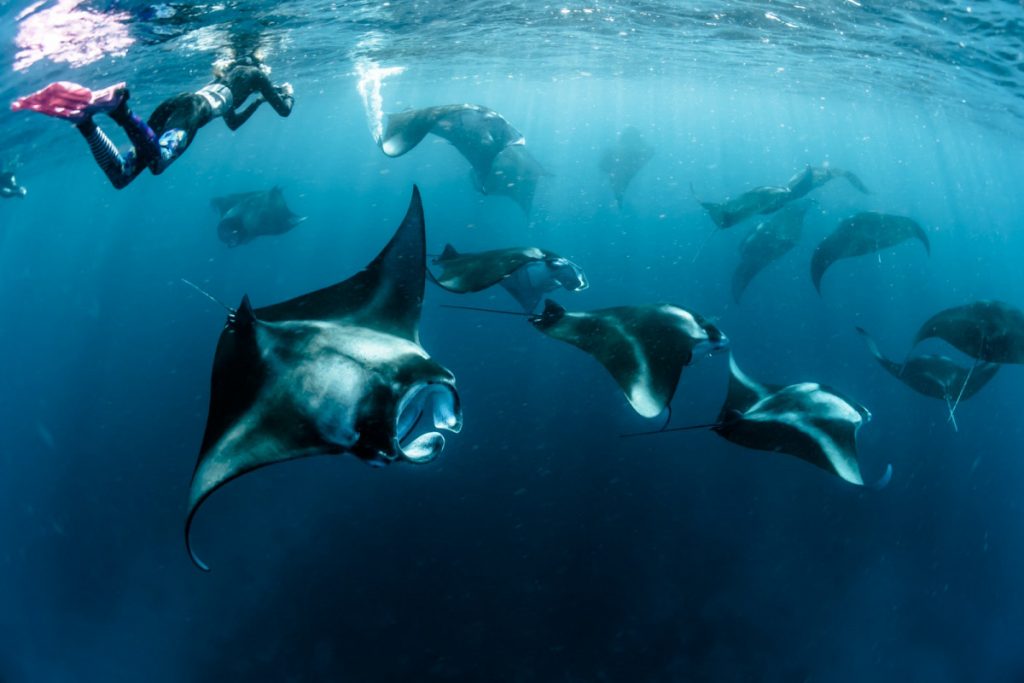Meet the Ancient Creatures in Komodo Diving

Manta is the largest type of stingray in the world.Its width can reach six to eight meters. It can weigh upto three tons. For those of you who like or want to dive dragons, you don’t have to be afraid of Komodo diving. Mantas are very nice and non-toxic. But the size of his body does make us amazed. But Manta has a potentially endangered future. Because their birth cycle is low, while fishing activities and marine population conditions are still increasing. Coupled with the hunt that is still intense.
Tropical oceans around the world must have Manta. Its wide distribution makes it have various names such as Devil Fish, Pacific Manta, Atlantic Manta, Sea Devil. The width of the body often covers some of the underwater parts of the sun.
Manta’s and Komodo Diving
- Anti-social
The unique thing is that Manta is a group that is not in groups. Manta prefer to travel alone and live in areas that are considered to be rich in food. That’s why you’ll meet so many Mantas in Komodo diving.
- Ancient Creatures
The presence of this creature on earth has been since twenty-five years ago.
- Manta and Mobula
They have been the same species since long ago. It’s just a different place to live. Mobula Ray is a fish whose habitat is in the vast ocean. While the Manta Ray habitat in the area of coral reefs.
- The birth
Manta and mobula have something in common with humans. The way they reproduce is not laying eggs, but giving birth like humans. Only one child came out. The period of a Manta to give birth is around once or every three years.
The hallmark of this adorable sea animal is that it has a pair of horns near its mouth. But actually, the horns are a pair of cephalic fins. That’s what helps Manta’s way of having three hundred tiny teeth that are barely visible but are useful for mating.
While the water that enters his mouth is expelled through the five gills located on the bottom of his body. Plankton is filtered into its stomach through a filter plate in its gills slits, and Manta can suck up tons of plankton. Manta colors vary widely. From plain colored to patterned.
But if you pay attention to the pattern of each Manta is always different, like a human fingerprint. And the Manta color variant is a sign to find out where it came from. Primadonna underwater Komodo diving is very unforgettable. Diving enthusiasts will be very lucky here. But hopefully, the survival of Manta can be maintained and not managed by irresponsible parties.
See More: